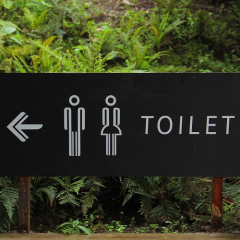Pelvic Floor and Continence Physiotherapy
Pelvic floor and Continence physiotherapy, also known as pelvic health. A specialised physiotherapist is able to teach clients struggling with continence issues how to correctly exercise and relax these muscles in the pelvic area, in order to retrain them to function properly.
The pelvic floor is a responsive muscle complex, which when functioning correctly and in good health, responds appropriately to any increased loads placed on it, from a full bowel or bladder above it, from coughs and sneezes as well as weight-bearing without leakage or incontinence. In health, it’s under our conscious control to allow the correct emptying of the bowel and bladder at an appropriate time and without urgency.
Located in the “saddle area” of the body, the pelvic floor made of “skeletal muscle” just like those of the arms in the legs, which therefore means that it can be exercised, and therefore that its strength and function can be improved under the guidance of a specialist practitioner.
Clients who can benefit from pelvic heath physiotherapy include those who struggle with continence issues of the bladder or bowel, clients having had prostate surgery, prolapse of the pelvic organs, pregnancy related back and pelvic girdle pain, post-natal pelvic health, erectile dysfunction, pelvic pain, and incontinence.
Blogs:
World Menopause Awareness Day – Addressing Pelvic Floor Issues






